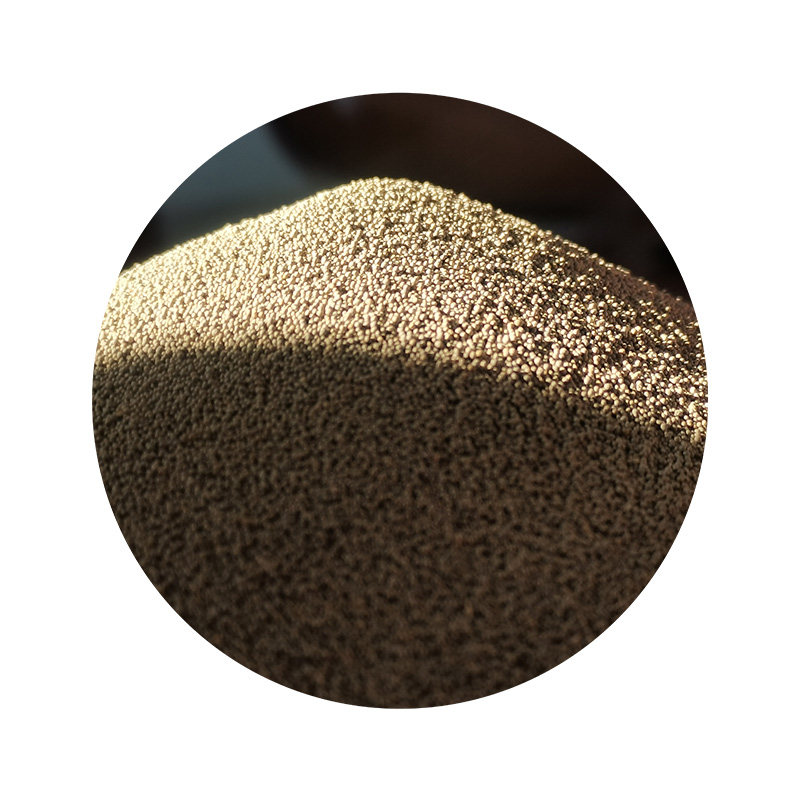The Types of Sand Used in Sand Casting
Sand casting is one of the oldest and most commonly used methods of metal casting, where molten metal is poured into a mold formed by sand. The success of this process largely depends on the type of sand used, as different sands offer distinct properties that can affect the quality of the final product. This article will explore the various types of sand used in sand casting, each with its unique attributes and applications.
1. Silica Sand
Silica sand is the most commonly used type of sand in sand casting. Composed primarily of silicon dioxide (SiO2), it is abundant, inexpensive, and highly durable. Silica sand has excellent thermal stability, which allows it to withstand the high temperatures encountered during the casting process without breaking down. Its fine grains and good moldability make it ideal for creating intricate designs and precise molds. However, silica sand has limitations; it can be prone to a phenomenon known as “burn-on,” which occurs when the metal adheres to the sand mold, resulting in surface imperfections.
2. Green Sand
Green sand is a mixture of silica sand, clay, and water, with the clay acting as a binding agent. This type of sand is called green not because of its color, but because it is used in a moist state. Green sand exhibits excellent moldability and strength, allowing it to retain detailed shapes during the pouring of molten metal. It is particularly favored in foundries for casting ferrous metals due to its ability to withstand thermal shock and its reusability. The primary drawback of green sand is that it requires meticulous control of moisture levels to avoid defects in the castings.
3. Resin-Sand
what type of sand is used in sand casting

Resin-bonded sand, or resin sand, has gained popularity in modern casting techniques due to its superior properties. It consists of silica sand combined with a thermosetting resin binder. When heated, the resin hardens, creating a strong and durable mold that can capture intricate details. Resin sand allows for a better surface finish compared to traditional green sand, and it can be used for casting both ferrous and non-ferrous metals. However, the use of resin sand is generally more expensive, and it involves additional steps in preparation and cleanup.
4. Shell Sand
Shell sand is a type of sand used in the shell molding process, where a thin shell is created as the mold. This technique utilizes a mixture of fine silica sand and a resin that hardens when exposed to heat. The resultant mold is not only lightweight but also offers excellent dimensional accuracy and a smooth surface finish. Shell sand is particularly useful for producing complex shapes and thin-walled castings, often employed in the automotive and aerospace industries.
5. Lost Foam Sand
Lost foam sand casting is an innovative technique that involves creating a mold from foam patterns that are coated with a sand mixture. When molten metal is poured into the mold, the foam evaporates, leaving behind the metal shape. This method allows for intricate designs and complex geometries that would be difficult to achieve with traditional sand casting methods. The sand used in this process tends to be finer, optimizing the detail captured in the final piece.
In conclusion, the choice of sand in sand casting plays a critical role in the overall quality and efficiency of the casting process. Silica sand remains the most widely used due to its availability and basic properties. However, the emergence of green sand, resin sand, shell sand, and lost foam sand demonstrates the evolution of casting techniques and the need for specialized materials to meet the demands of modern manufacturing. Each type of sand has its advantages and limitations, influencing the choice of casting method based on the requirements of specific applications. Understanding these various types helps manufacturers select the most suitable sand for their production needs, ensuring high-quality results.
Post time:Aug . 14, 2024 01:41
Next:Exploring the Beauty and Serenity of Sun-Kissed Beaches with Golden Sands and Turquoise Waters
